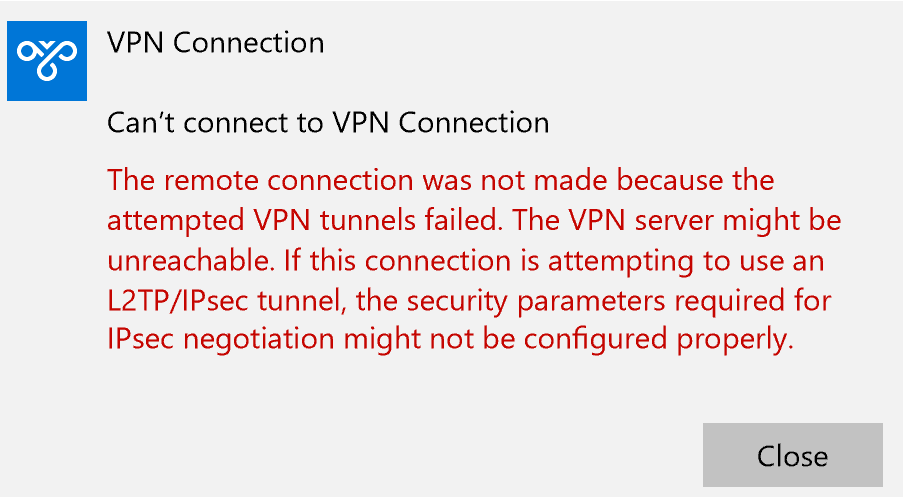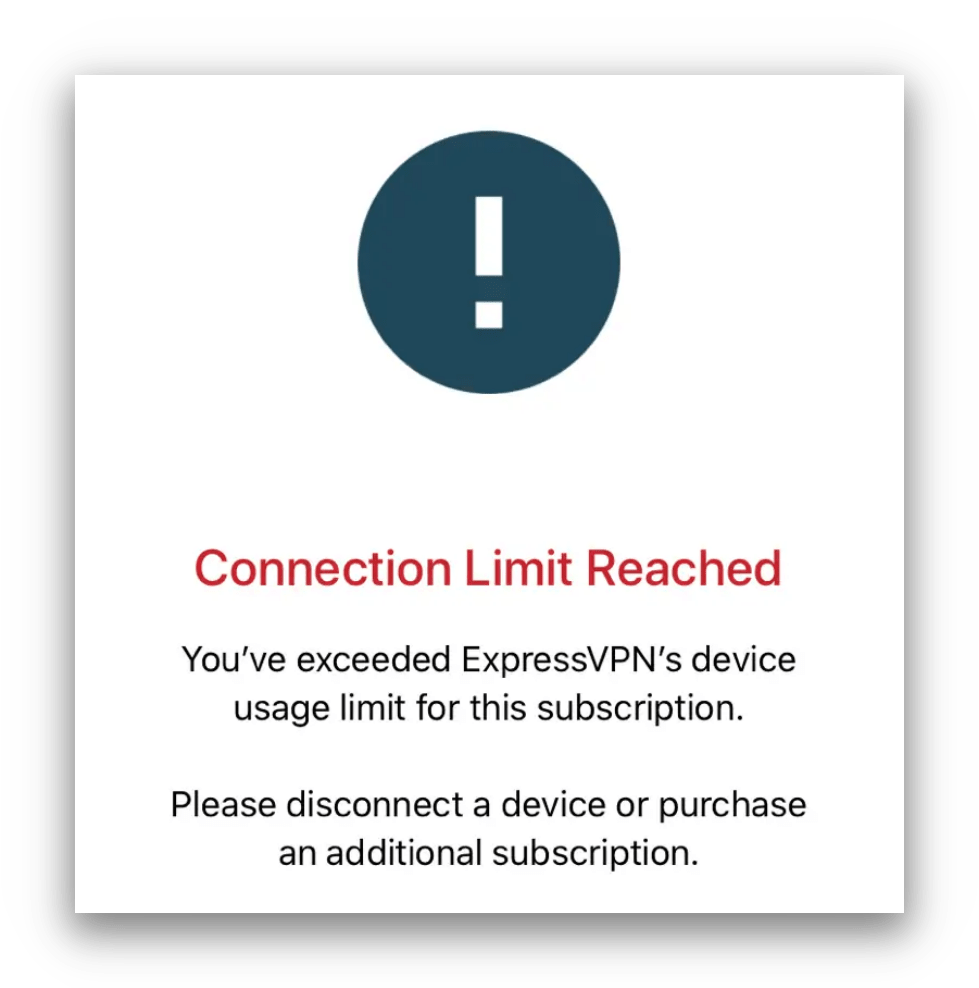Featured
Table of Contents
Why Are Streaming Services Blocked While Connected To ...

The Routing and Remote Gain access to snap-in lives within the Microsoft Management Console, referred to as the MMC. There are several methods to access the MMC. You can pick the console from the Start menu's Programs options, within the Administrative Tools folder within Windows server's Control board or by typing mmc at a command timely.
As Tech, Republic's Brandon Vigliarolo shows within his video at the start of this post, the Solutions console shows the status of the Routing and Remote Gain access to entry. From within the Providers console and with the Routing and Remote Access entry highlighted, you can click Start the Service or right-click the entry and choose Restart.
Often the VPN client and VPN server are set to using different authentication approaches. Verify whether an authentication mistake is the problem by opening the server console. Yet another technique of accessing the MMC is to type Control+R to open a command prompt in which you can type mmc and struck Enter or click OK.
If the entry isn't present, click File, choose Add/Remove Snap-in, choose the Routing and Remote Access choice from the options and click Add, then OK. With the Routing and Remote Gain access to snap-in included, right-click on the VPN server and click Properties. Evaluate the Security tab to confirm the authentication technique.
Unable To Connect To A Vpn On A Windows Pc? 7 Ways ...
Guarantee the VPN customer is set to the authentication method defined within the Security tab. Generally the products just examined are responsible for the majority of VPN connection rejection mistakes.
Each Web-based VPN connection generally utilizes two various IP addresses for the VPN client computer. This is the IP address that's utilized to establish the initial TCP/IP connection to the VPN server over the Internet.

This IP address typically possesses the very same subnet as the local network and thus allows the client to communicate with the local network. When you established the VPN server, you must configure a DHCP server to designate addresses to clients, or you can develop a bank of IP addresses to designate to clients directly from the VPN server.


If this alternative is chosen and the efficient remote access policy is set to allow remote access, the user will be able to attach to the VPN. I have actually been unable to re-create the circumstance personally, I have actually heard rumors that a bug exists in older Windows servers that can trigger the connection to be accepted even if the reliable remote access policy is set to reject a user's connection.
Forcepoint Vpn Client Connection Issues

Another common VPN problem is that a connection is effectively developed but the remote user is unable to access the network beyond the VPN server. By far, the most typical cause of this issue is that permission hasn't been approved for the user to access the whole network. To permit a user to access the entire network, go to the Routing and Remote Gain access to console and right-click on the VPN server that's having the problem.
At the top of the IP tab is an Enable IP Routing check box. If this check box is made it possible for, VPN users will be able to access the remainder of the network, assuming network firewalls and security-as-a-service settings allow. If the checkbox is not picked, these users will be able to gain access to only the VPN server, but nothing beyond.
For example, if a user is calling straight into the VPN server, it's usually best to configure a static route in between the customer and the server. You can set up a fixed path by going to the Dial In tab of the user's residential or commercial properties sheet in Active Directory site Users and Computers and picking the Apply A Static Route check box.
Click the Add Route button and then enter the destination IP address and network mask in the space offered. The metric must be left at 1. If you're using a DHCP server to assign IP addresses to customers, there are a couple of other issues that could cause users not to be able to exceed the VPN server.
Troubleshooting Ipsec Vpn Connectivity Issues
If the DHCP server designates the user an IP address that is already in usage elsewhere on the network, Windows will detect the conflict and avoid the user from accessing the rest of the network. Another common problem is the user not getting an address at all. The majority of the time, if the DHCP server can't assign the user an IP address, the connection won't make it this far.
If the customer is appointed an address in a variety that's not present within the system's routing tables, the user will be not able to browse the network beyond the VPN server. Make sure the resources the user is attempting to gain access to are really on the network to which the user is connecting.
A VPN connection to the other subnet might, in truth, be needed. A firewall software or security as a service option could likewise be to blame, so do not forget to examine those options' settings, if such elements are present between the VPN server and the resources the user looks for to reach.
The very first possibility is that one or more of the routers included is carrying out IP packet filtering. I recommend checking the client, the server and any makers in between for IP packet filters.
Latest Posts
Business Vpn For Small & Enterprise Companies
What Is A Business Vpn? │ Business Vpn Uses And ...
5 Best Vpns For Mobile Data To Protect Your Privacy